
Published:
Readtime: 11 min
Every product is carefully selected by our editors and experts. If you buy from a link, we may earn a commission. Learn more. For more information on how we test products, click here.
Apple’s newest gadget, the Air delivers something the iPhone line-up has been sorely needing in recent years—something new and exciting—and, in my opinion, it largely succeeds at that.
I’ve spent the past few weeks putting the iPhone Air through its paces, and I have quite a lot of thoughts: some good, some less good. It isn’t a revolutionary phone and other brands got on the thin trend ahead of them, but Apple has delivered something that is a pretty solid device for the right customer.
The closest comparison on the market right now is Samsung’s Galaxy S25 Edge, which my colleague Rob called “innovation for innovation’s sake”. I think that about sums up the iPhone Air experience as well—is it enjoyable to have a thin and light phone? Sure, but you do have to give some nice things up in order to make it work.
Battery life, categorically, will be worse than a more traditionally proportioned smartphone. Whether that shift in battery life makes or breaks this device for you personally will depend on how you use it.
Is it right for everyone? No, I don’t think so—but for someone like me, who doesn’t use their phone as a mobile camera rig, it’s pretty tempting.
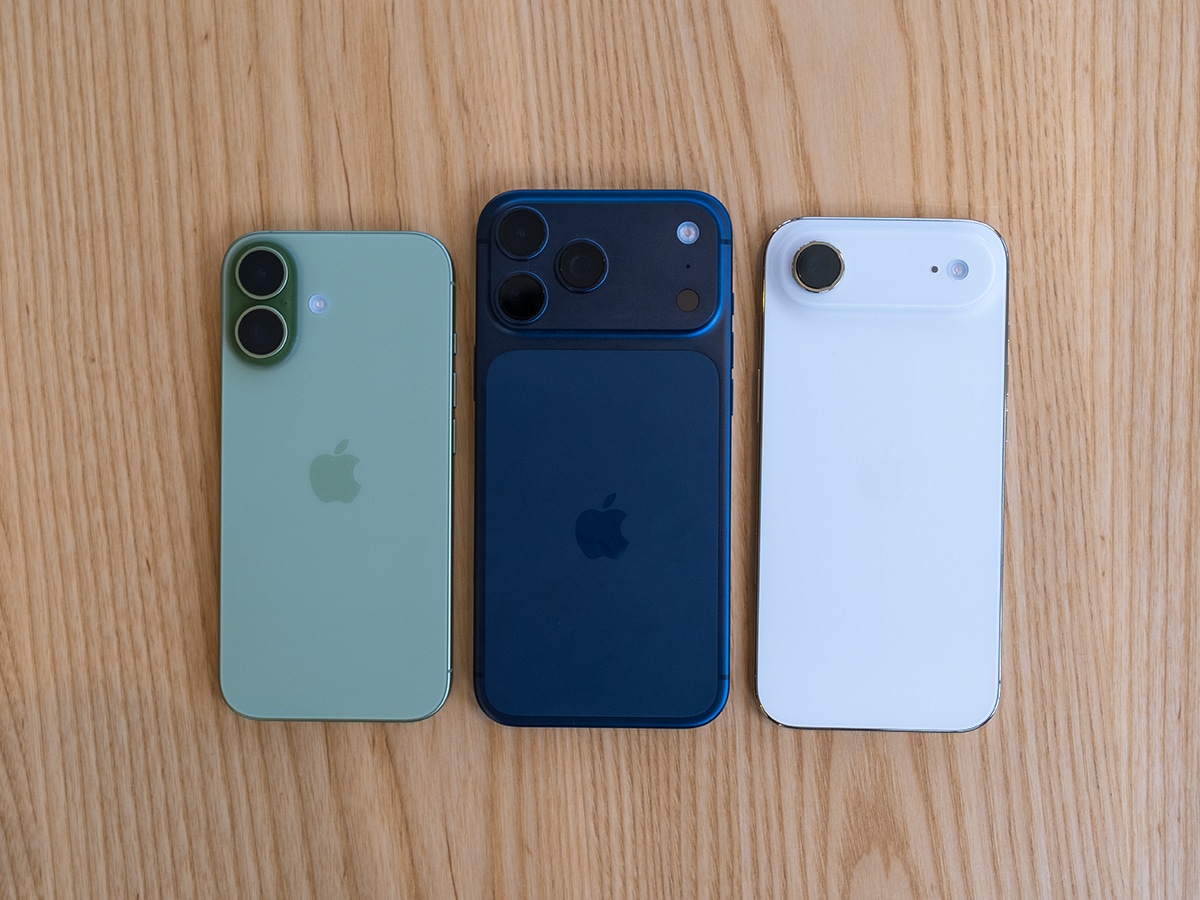
Comparing the Line Up
| iPhone 17 | iPhone Air | iPhone 17 Pro and Pro Max | |
| Starting Price | From AU$1,399 | From AU$1,799 | From AU$1,999 (Pro) From AU$2,199 (Pro Max) |
| Display | – 6.3” Super Retina Display – 120Hz ProMotion – Ceramic Shield 2 Glass | – 6.5” Super Retina Display – 120Hz ProMotion – Ceramic Shield 2 Glass | – 6.3” Super Retina Display (Pro) – 6.9” OLED Retina Display (Pro Max) – 120Hz ProMotion – Ceramic Shield 2 Glass |
| Operating System | iOS 26 | iOS 26 | iOS 26 |
| Internals | – Processor: A19 – RAM: 8GB – Storage: 256GB, 512GB | – Processor: A19 Pro – RAM: 12GB – Storage: 256GB, 512GB, 1TB | – Processor: A19 Pro – RAM: 12GB – Storage: 256GB, 512GB, 1TB, 2TB (Max) |
| Networking | – 5G – Wi-Fi 7 – NFC Capable | – 5G – Wi-Fi 7 – NFC Capable | – 5G – Wi-Fi 7 – NFC Capable |
| Camera | – Rear: 48MP (wide), 48MP (ultrawide) – Front: 18MP – Up to 2x optical zoom | – Rear: 48MP (wide) – Front: 18MP – Up to 2x optical zoom | – Rear: 48MP (wide), 48MP (telephoto), 48MP (ultrawide) – Front: 18MP – Up to 8x optical zoom |
| Battery | – 3,692mAh – Up to 30 hours video playback | – 3,149mAh – Up to 27 hours video playback | – 4,252mAh (Pro) – 5,088mAh (Pro Max) – Up to 37 hours video playback |
| Dimensions | – 149.6mm x 71.5mm x 7.95mm – 177 grams | – 156.2mm x 74.7mm x 5.6mm – 165 grams | Pro: – 150mm x 71.9mm x 8.75mm –204 grams Pro Max: – 163.4mm x 78mm x 8.75mm – 231 grams |
| Other Features | – USB 2.0 Type-C port – Face ID – Action Button – IP68 dust/water resistance – Qi2 25W Wireless MagSafe Charging | – USB 2.0 Type-C port – Face ID – Action Button – IP68 dust/water resistance – eSim only – Qi2 25W Wireless MagSafe Charging | – USB 3.0 Type-C port – Face ID – Action Button – IP68 dust/water resistance – Qi2 25W Wireless MagSafe Charging |
Why Trust Us
Here at Man of Many, we use a wide variety of technology. We’re not fans of any one brand, like to get our hands on the latest-and-greatest tech before we call it the next-best-thing, and we’ve built up extensive experience in reviewing tech as a publication over the past 10 years.
Dean Blake was provided the product by Apple for the purposes of this review, but no money exchanged hands, and all opinions expressed are those of the author and haven’t been seen by Apple ahead of time. For more information on our independence, testing and review guidelines, you can read our full editorial policies here.
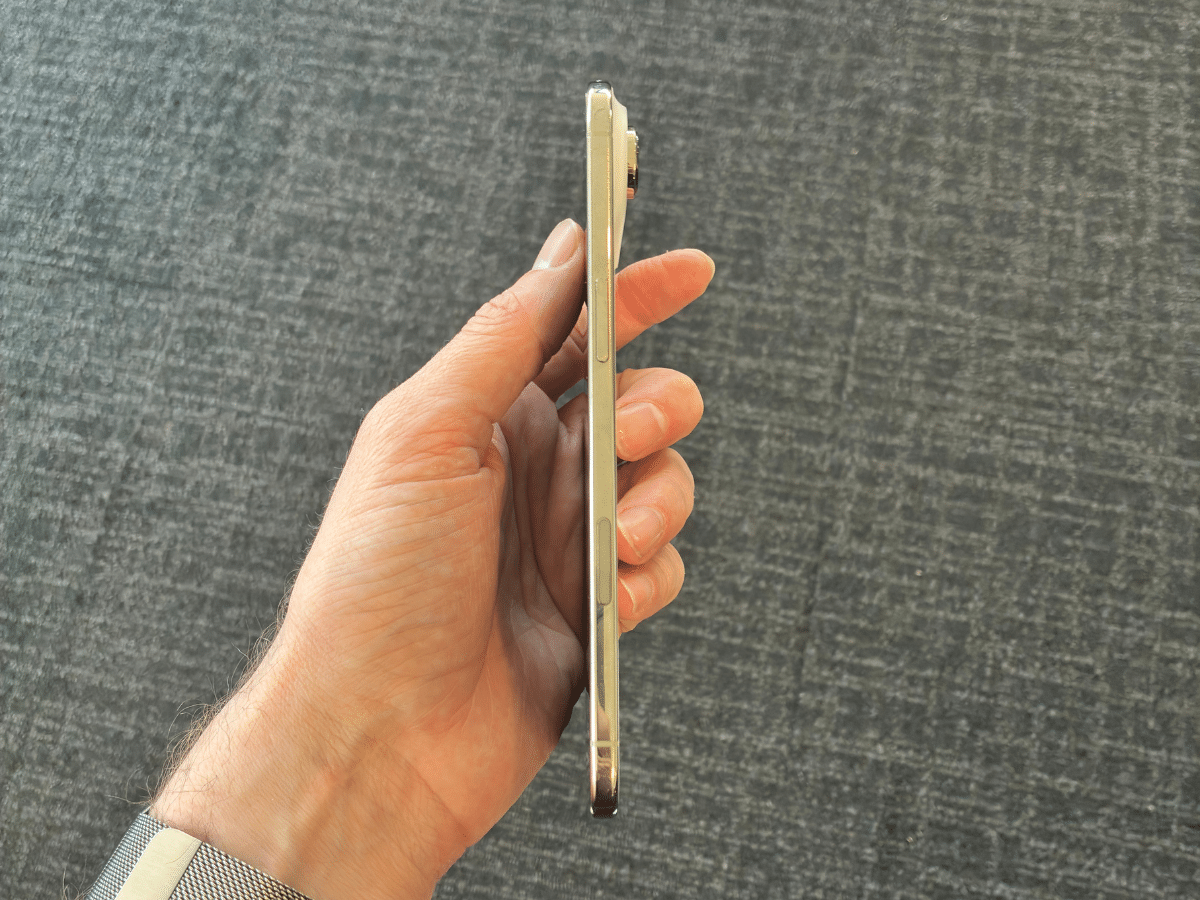
A Whole New Form
Let’s just quickly get this out of the way. I’m sure you’re probably sick of hearing that this thing is thin and light, but it really is and it’d be remiss if I didn’t mention it. Making a phone this thin required Apple to effectively reengineer the entire make up of an iPhone, but to me the lasting impact of having a 165 gram phone is actually more substantial.
I’ve been wishing Apple would launch a new iPhone Mini for the past several years, and while the Air isn’t a replacement for that, it’s the closest a 6.5’’ phone can be thanks to how light it is.
Now – does being a thin, light phone make it comfortable to hold for long periods of time? Not really, no. You still can’t reach parts of the screen when using the device with one hand, so there’ll be some shuffling involved if your other hand is busy. While my initial impression was that I didn’t mind this thanks to the thin-and-light nature of the phone, after a month I kind of just want to go back to something smaller again.
However, while I’ve grown pretty accustomed to the Air’s aesthetics and how it feels in the hand over the past month, it has been a more divisive device than I was expecting.
Opinions are mixed in the Man of Many office, and when I handed it to my girlfriend she held it for about 2 seconds before dropping it in near disgust. To her, it feels like half a phone. I can’t blame her, nor anyone who thinks the iPhone Air is a gimmick. It’s a first-generation product, and though we’re certainly seeing more thin phones on the market, they haven’t quite hit the mainstream yet. They’re a luxury product, and I think most people aren’t likely to take them seriously for another few years.
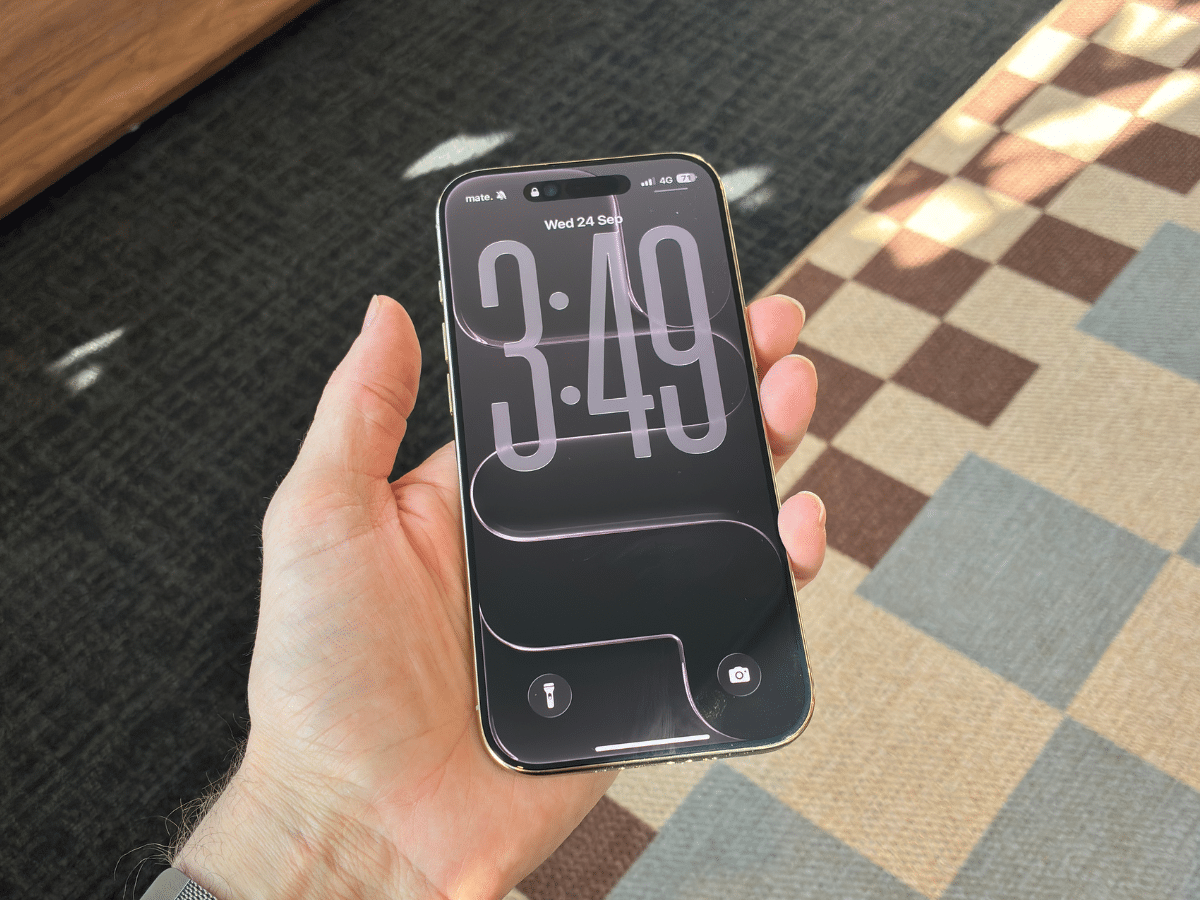
ProMotion is Excellent, Sound is Less So
Before testing the Air, I had been using last years’ iPhone 16e as my daily phone. It’s a great little device (if a little overpriced), and honestly provides everything I need in a smartphone: but the jump to the Air has shown me just how fantastic Apple’s ProMotion displays are.
The 16e has a screen that caps out at 60Hz, while the entire iPhone 17 line-up (including the Air) come equipped with a 120Hz display: meaning a much faster and snappier feeling screen. Moving between apps and folders feels amazing, and while it’s tough to find 120fps videos even on dedicated platforms like YouTube, there are a few games that’ll allow you to hit the frame-rate cap and see the display unleash its true potential.
Add to that the fact the Air’s display is a 6.5” OLED panel, and you have a responsive and beautiful screen. It’d be one of the best phones for consuming content on the market, if not for the fact that it gave up something pretty important in the pursuit of its signature slimness.
The iPhone Air has only one speaker, at the top end of the display, meaning no stereo sound. It’s a decent speaker, don’t get me wrong, but I’ve noticed the drop in quality even from last year’s budget 16e, which isn’t something you’d want to be saying if you’d just paid AU$1,799 on a brand new bleeding-edge, luxury phone.
If you’re looking to use this display to the fullest, I’d recommend you grab a decent pair of headphones or earbuds to offset the pretty average sound quality.
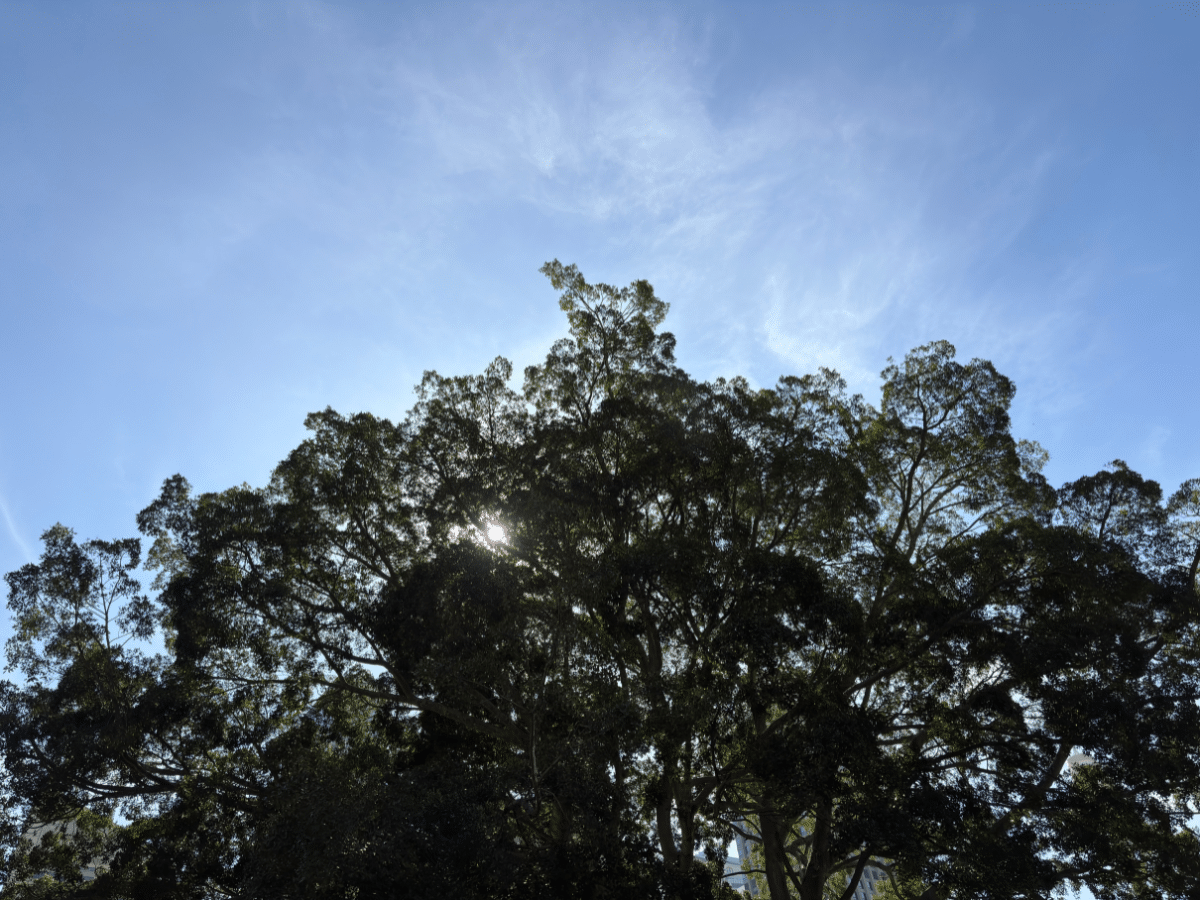
Camera is Compromised
Another feature that has been a bit compromised is the camera: here, you’re getting a single 48MP wide-angle lens on the back, as well as an 18MP selfie cam on the front.
I’m not a photographer by any stretch, so I won’t pretend to know the ins and outs of the kind of magic that goes into getting great shots, but the Air has the same wide-angle lens as the rest of the 17 line-up which can take fantastic shots if you know how to get the most out of it.
The downside is that you’re missing the ultra-wide lens of the 17 and 17 Pro, as well as the telephoto lens of the 17 Pro. Whether that’s a dealbreaker will, again, depend on how you use your phone: I haven’t taken an ultra-wide photo for as long as I can remember, and I’ve literally never used a telephoto lens, so I didn’t notice the absence. Most of my photos are of my cats, but I won’t subject you to a camera roll of feline fun.
It is worth noting here that the Galaxy S25 Edge does feature two camera lenses, so while Apple did a lot of impressive engineering to get the Air where it needs to be today, I’d expect an Air 2 or Air 3 to add the ultra-wide back on to the menu.
For now though, if phone photography is important to you or you like to snap the odd telephoto shot, this probably isn’t the phone for you.
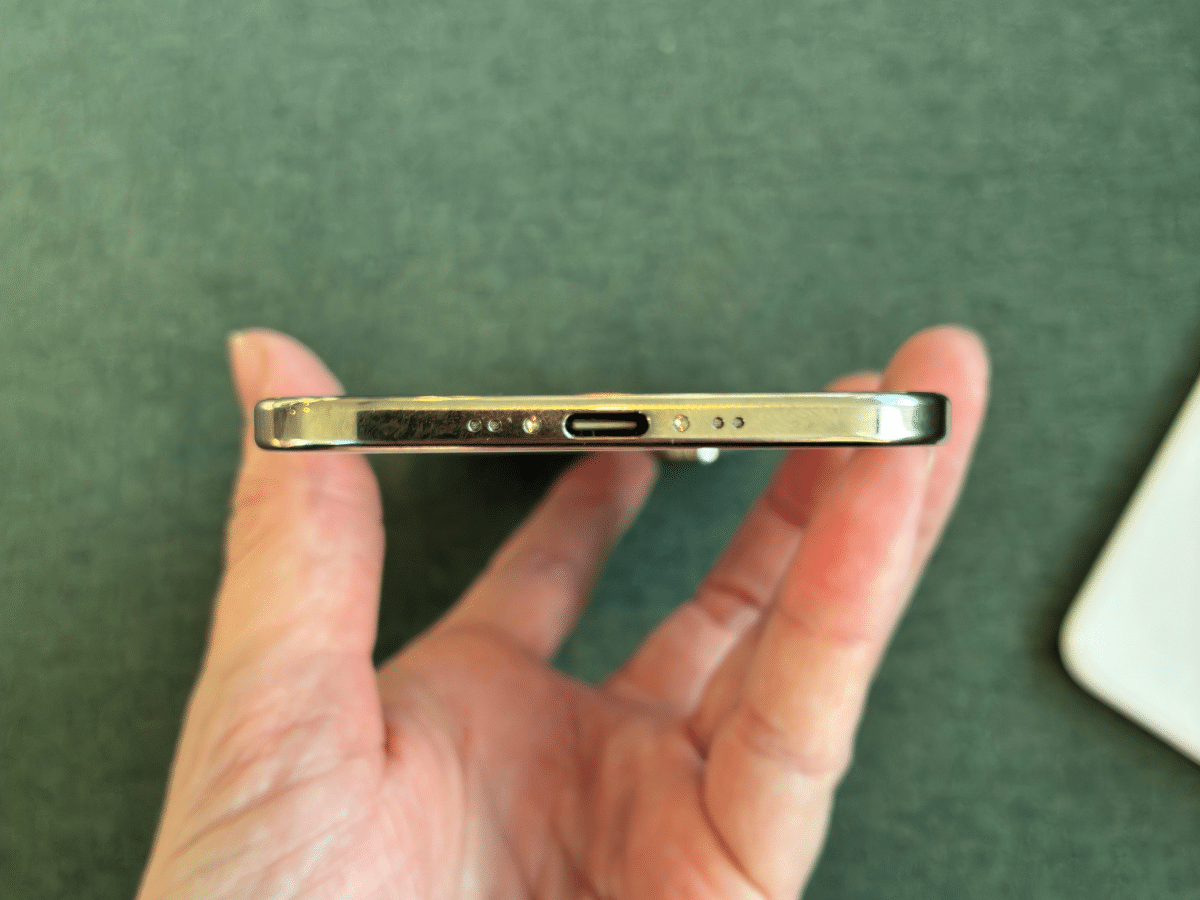
eSIM Only Can Be a Pain
There is one more very small problem that I doubt many people will run up against, but I did. The iPhone Air is eSIM only.
Chances are high that if you’re someone seriously looking at upgrading to an iPhone Air, you’re probably already with one of the major carriers (Telstra, Optus, et al), and shifting your plan to eSIM only won’t be an issue.
In fact, Apple has worked hard with these very providers to make sure it’s a seamless and simple prospect that will probably be dealt with via a single button press while setting up your phone. My colleague Ben, who recently reviewed the impressive iPhone 17 Pro Max, took less than an hour to get his carrier plan transferred and moving.
Unfortunately, I’m with a less expensive carrier, and it ended up taking me about three days (and an hour on hold to customer support) to actually get my plan capable of running on the Air. Now, I’ve reviewed plenty of phones for Man of Many, and the process has always been that I can easily swap my SIM card into whatever phone I’m using and be up and running immediately. This time, it wasn’t so simple.
I know that this isn’t likely to be an issue most people face, and it honesty isn’t the fault of the Air itself. But it’s worth keeping in mind if you’re looking at switching you should do your due diligence and check with your carrier before actually making the purchase so you don’t have to carry around multiple phones like I did.
I’m sure eSIM is the future, and we’ll all get there eventually, but the on-ramp was pretty rocky for me this time.
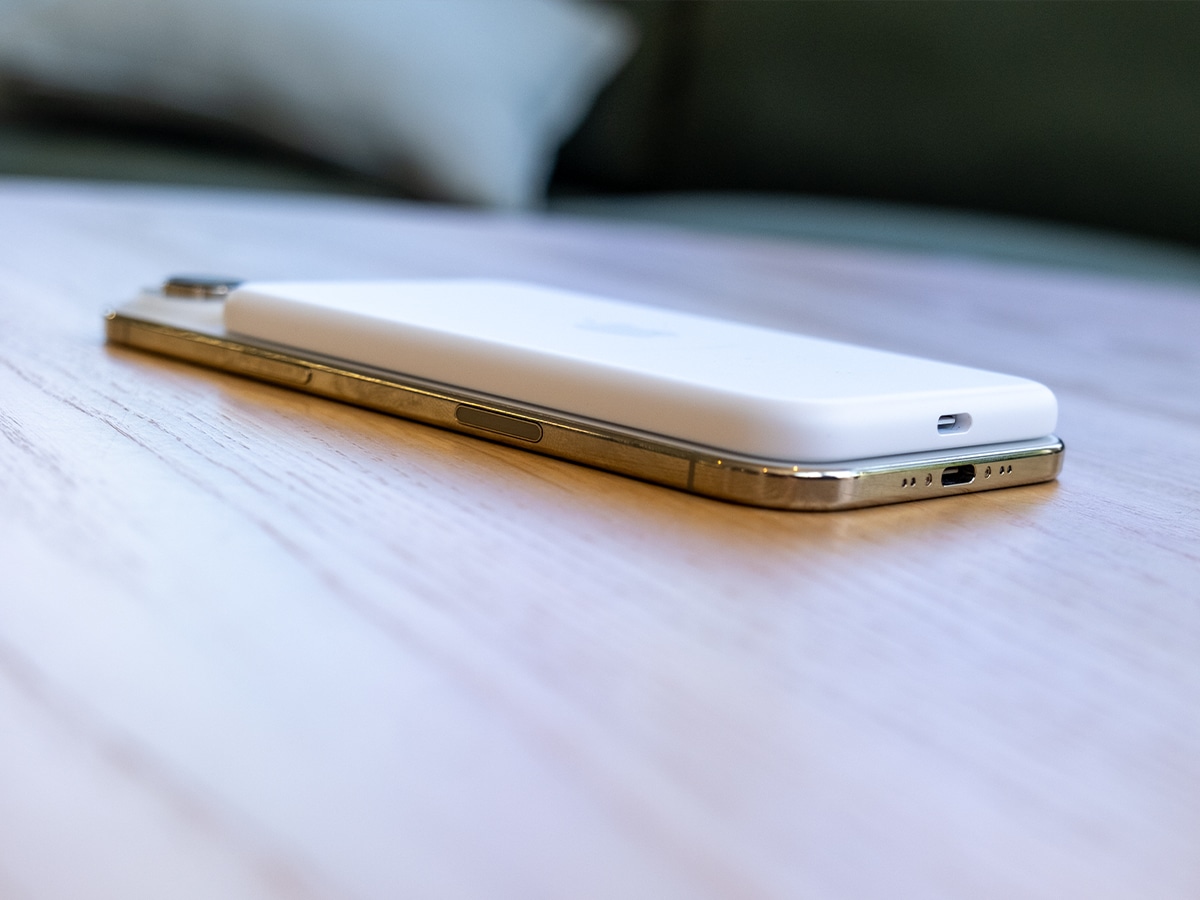
Battery Life is Fine, Actually
Much was made of the Air’s potential battery life once the device was rumoured and then finally announced, and while it is a bit less than even the much smaller 16e I’m used to (which actually has a great battery), it isn’t an apocalyptic scenario assuming you’re using your phone in pretty normal ways.
The Air’s 3,149 mAh battery is said to last a full 27 hours of video playback under optimal circumstances. In my experience, battery life is pretty good, but not quite that good.
Taking the occasional call, while using it mainly for playing music, browsing social media, and watching some video? It’ll last you a full work day, but be ready for juicing up when you get home.
If you’re doing something a bit more specialised though, like filming video or playing a semi-demanding game, and I doubt it’ll last too long. Apple seems to know this, as it launched the iPhone Air Battery Pack alongside the Air, sold separately for AU$159.
Now, it does add quite a bit of extra time to the device—about 65 per cent more, in fact. Is it cheeky that Apple is selling you more battery life in order to give you a thinner phone? Yeah, it is. I don’t think anyone is buying an iPhone Air for the stellar battery life, though—they want a beautiful, thin phone that’ll turn heads and last them the majority of a regular day.
If you want something that’ll survive multiple days without being plugged in, I’d recommend checking out the iPhone 17 Pro Max.
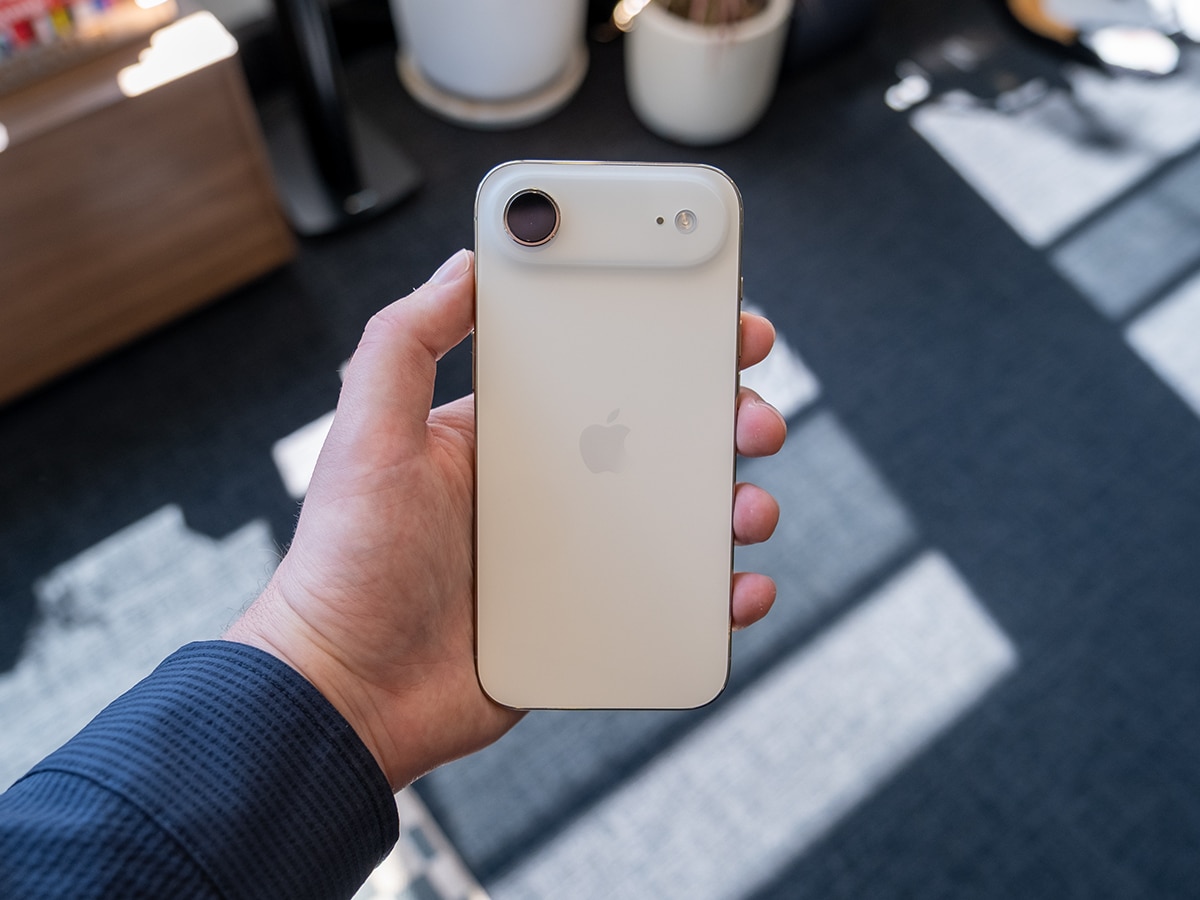
Man of Many’s Verdict
In all, I’d say the iPhone Air is a pretty compelling first attempt at this kind of device by Apple. It’s clear a lot of time and energy went into re-engineering the internals of the Air in order to actually make it functional, which is impressive in and of itself.
I know a lot of people are pointing to the Air as an example of what the rumoured iPhone Fold could be, but personally I’m more interested in how Apple can take the engineering lessons from the Air into something the size of the regular 17, or even the 16e. The same power, but with even more battery? Sign me up.
To me, the Air is an example of the wealth of impressive engineering skills on display at Apple, all wrapped up in a functionally great phone—as long as you’re willing to make some compromises to show off a bit.



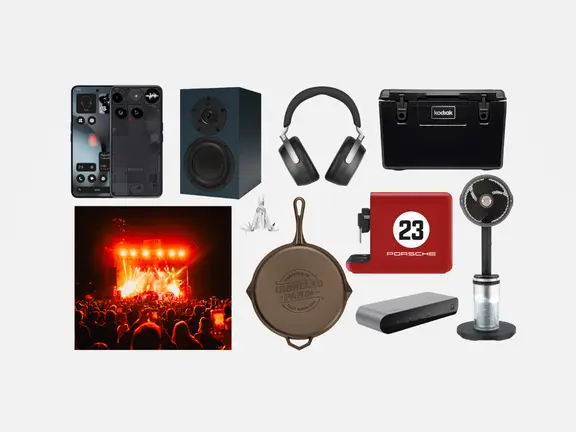

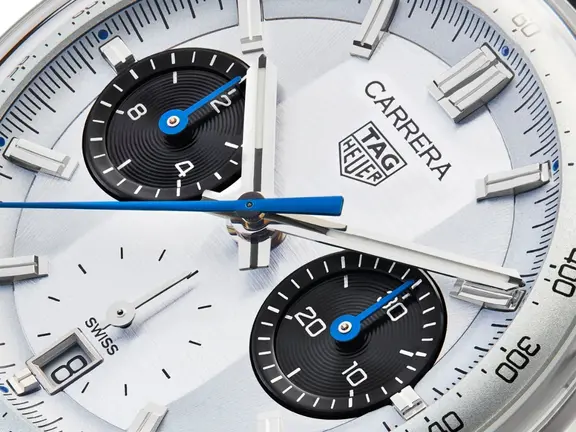

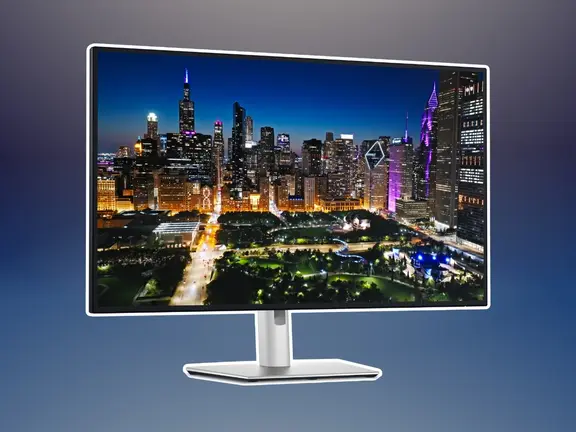









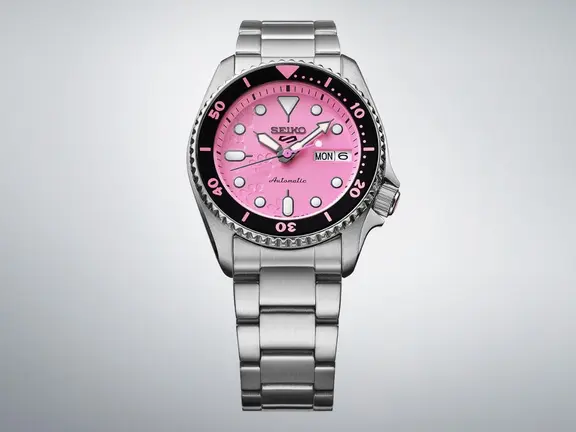

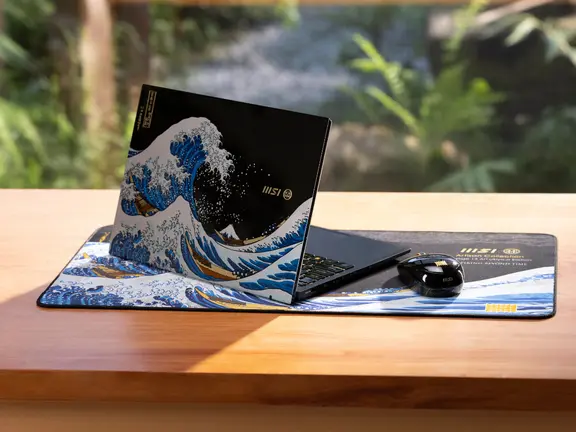
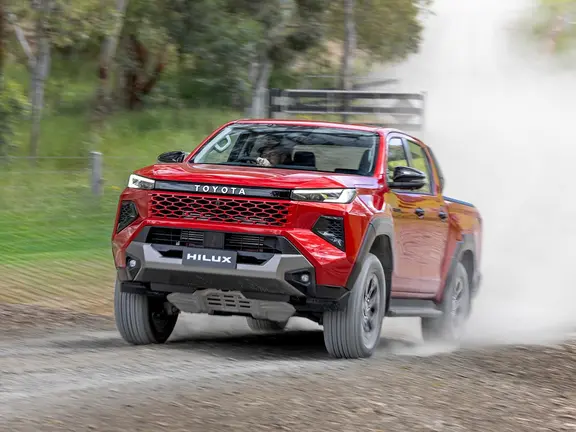

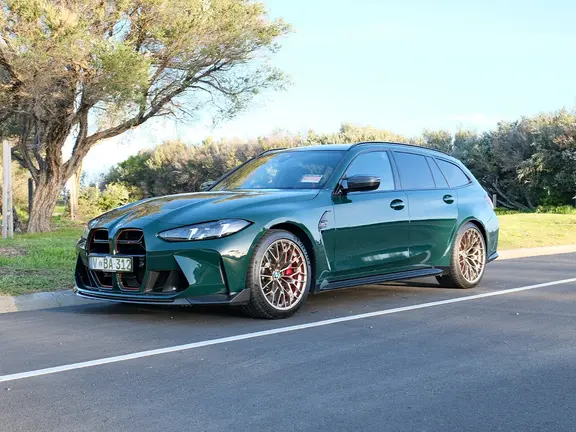

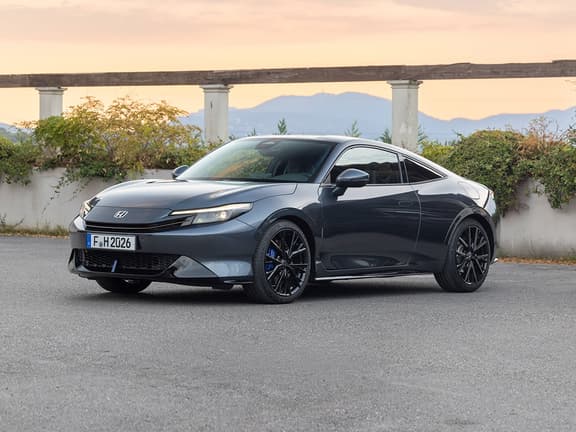
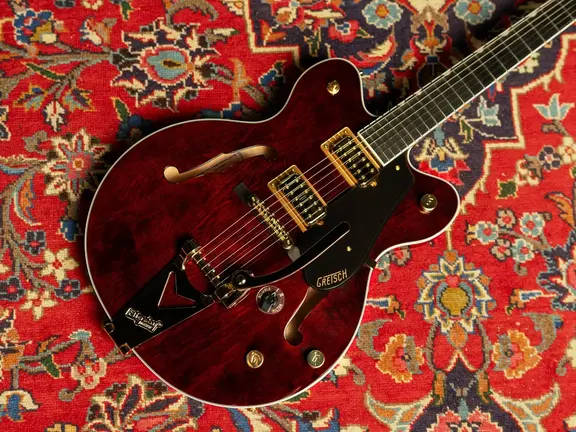

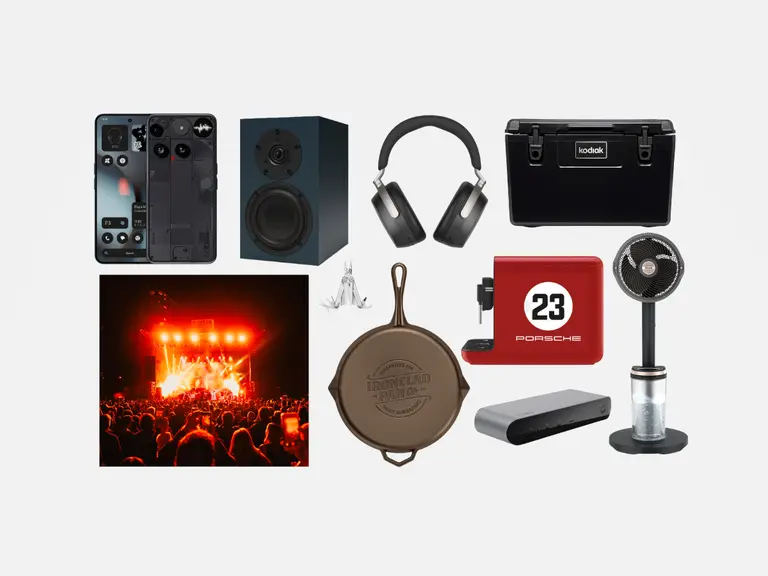



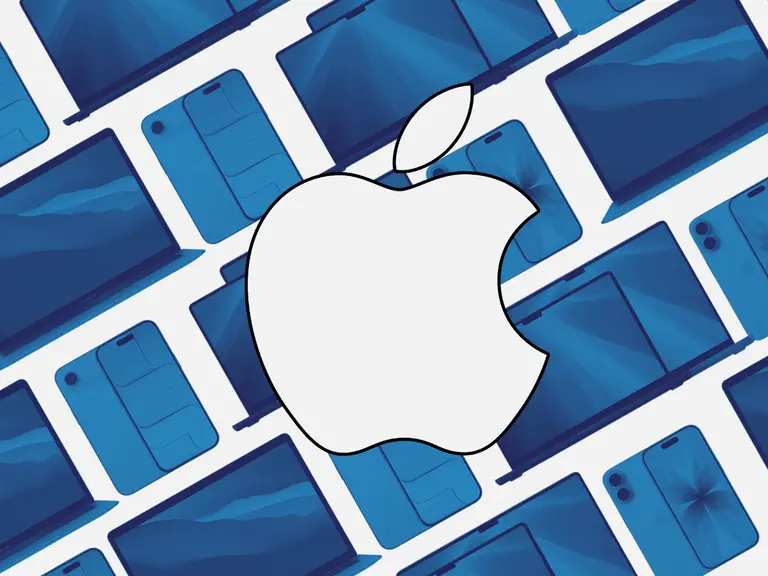


Comments
We love hearing from you. or to leave a comment.